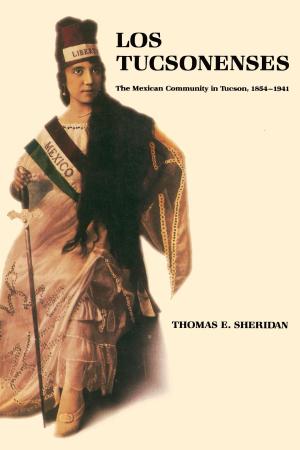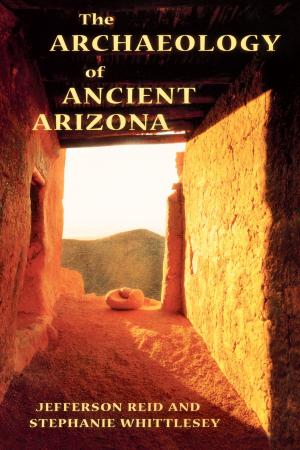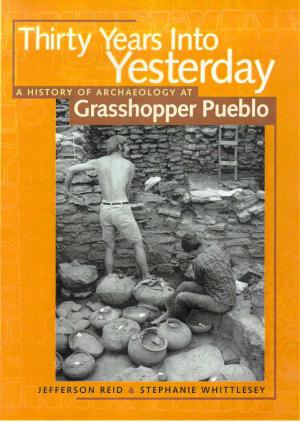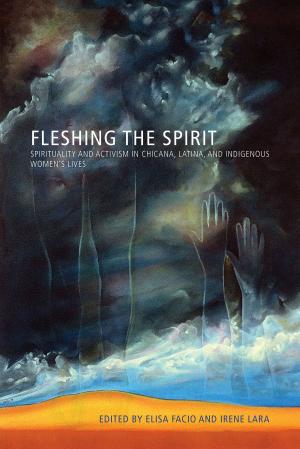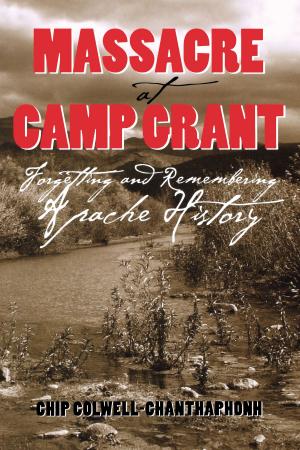Sonoita Plain
Views from a Southwestern Grassland
Nonfiction, Science & Nature, Nature, Environment, Ecology| Author: | Carl E. Bock, Jane H. Bock, Stephen E. Strom | ISBN: | 9780816536429 |
| Publisher: | University of Arizona Press | Publication: | December 1, 2016 |
| Imprint: | University of Arizona Press | Language: | English |
| Author: | Carl E. Bock, Jane H. Bock, Stephen E. Strom |
| ISBN: | 9780816536429 |
| Publisher: | University of Arizona Press |
| Publication: | December 1, 2016 |
| Imprint: | University of Arizona Press |
| Language: | English |
Far to the south of Arizona’s sprawling metropolises, a rolling savanna of grass, oak, and mesquite rises above the surrounding deserts. The Sonoita Plain is a basin of a thousand square miles bracketed by mountains, a land once the domain of cowboys that is now more and more the focus of exurban development. These southwestern grasslands are both typical of and distinct from those of the Great Plains—similarly shaped by drought, grazing, and fire, but with a different flora and fauna, and the product of a different human history.
The Appleton-Whittell Research Ranch is a tract of 8,000 acres on the Sonoita Plain that was established in 1968 by the Appleton family and that is now part of the sanctuary system of the National Audubon Society. To all appearances, it is an ordinary piece of land, but for the last 35 years it has been treated in an extraordinary way—by leaving it alone. No grazing to influence grass production. No dam building to hold back flash floods. No pest control. No fire-fighting. By employing such non-action, might we gain a glimpse of what this land was like hundreds, even thousands, of years ago?
Through essays and photographs focusing on the Sanctuary and surrounding area, this book reveals the complex ecology and unique aesthetics of its grasslands and savannas. Carl and Jane Bock and Stephen Strom share a passion for the remarkable beauty found here, and in their book they describe its environment, biodiversity, and human history. People have dominated the world’s grasslands and savannas for so long that today we have no clear idea what these lands might be like without us. By understanding the lessons of the Sonoita Plain, we might gain such insight—and, more important, discover approaches to protecting the very things that attract us to such lands in the first place.
Far to the south of Arizona’s sprawling metropolises, a rolling savanna of grass, oak, and mesquite rises above the surrounding deserts. The Sonoita Plain is a basin of a thousand square miles bracketed by mountains, a land once the domain of cowboys that is now more and more the focus of exurban development. These southwestern grasslands are both typical of and distinct from those of the Great Plains—similarly shaped by drought, grazing, and fire, but with a different flora and fauna, and the product of a different human history.
The Appleton-Whittell Research Ranch is a tract of 8,000 acres on the Sonoita Plain that was established in 1968 by the Appleton family and that is now part of the sanctuary system of the National Audubon Society. To all appearances, it is an ordinary piece of land, but for the last 35 years it has been treated in an extraordinary way—by leaving it alone. No grazing to influence grass production. No dam building to hold back flash floods. No pest control. No fire-fighting. By employing such non-action, might we gain a glimpse of what this land was like hundreds, even thousands, of years ago?
Through essays and photographs focusing on the Sanctuary and surrounding area, this book reveals the complex ecology and unique aesthetics of its grasslands and savannas. Carl and Jane Bock and Stephen Strom share a passion for the remarkable beauty found here, and in their book they describe its environment, biodiversity, and human history. People have dominated the world’s grasslands and savannas for so long that today we have no clear idea what these lands might be like without us. By understanding the lessons of the Sonoita Plain, we might gain such insight—and, more important, discover approaches to protecting the very things that attract us to such lands in the first place.




